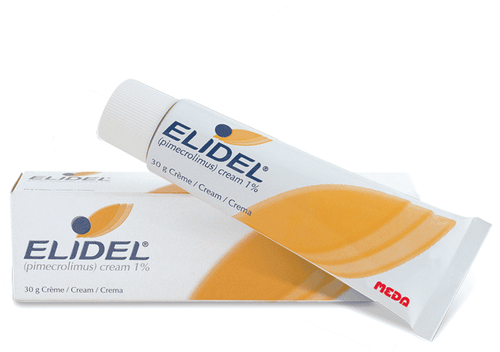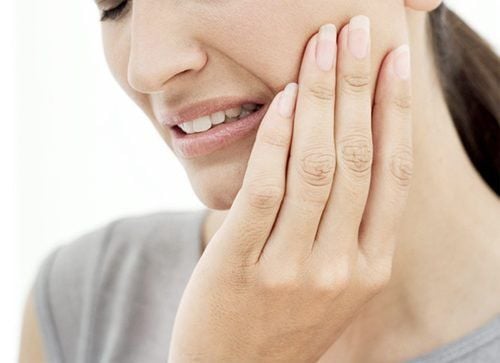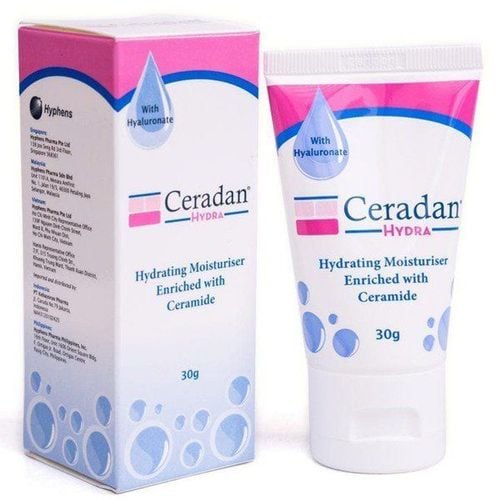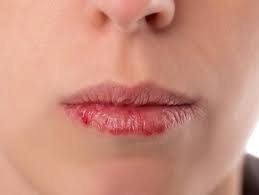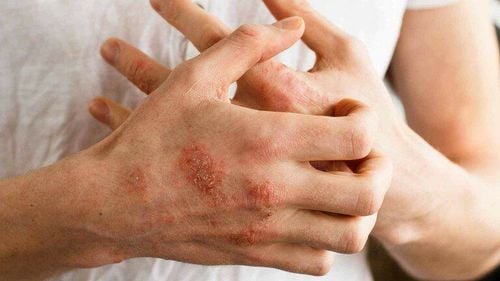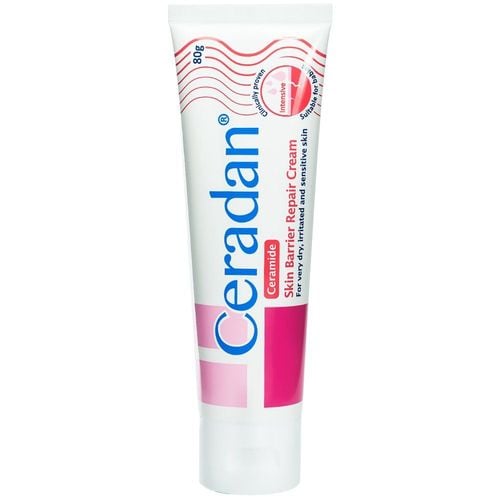This is an automatically translated article.
Atopic cheilitis is a disease that is usually not serious but has a great impact on the patient's quality of life. The disease is caused by many causes such as atopic dermatitis, infection, sensitivity to light,...
1. What is cheilitis?
Cheilitis is an inflammation of the lips, limited to the lip margin or extending beyond the lip margin, acute or chronic. Common symptoms in people with cheilitis are swollen, red, cracked, atrophied, crusted or scaly lips, causing itching, pain, heat, burning,... Atopic cheilitis can be caused by local causes. or secondary to systemic diseases such as systemic lupus erythematosus, Crohn's disease, sarcoidosis, autoimmune bullous disease or malnutrition,...2. Causes of atopic cheilitis
There are many different forms of atopic cheilitis and each has its own unique cause. Specifically:
2.1 Eczema on the lips (Eczematous Cheilitis) Eczema is an inflammation of the skin on the lips. Symptoms of eczema on the lips are redness, blisters, scaly secretions, dry lips, cracked lips, and scabs. In addition, the patient also has symptoms of itching, burning pain in the lip border; There are sores on the lips and lips with small blisters, the blisters can crack, causing bleeding, pain,...
Causes of lip eczema include endogenous and exogenous causes. Endogenous causes are atopic dermatitis, eczema or asthma. Exogenous causes are allergic contact dermatitis, irritation by chemicals, cosmetics (toothpaste, lipstick, lotion,...), weather changes, food allergies, tangles Hormonal disorders, nutritional deficiencies (zinc, iron, B vitamins) and psychological stress. Sometimes, there are many cases of lip eczema that originate from both endogenous and exogenous causes.
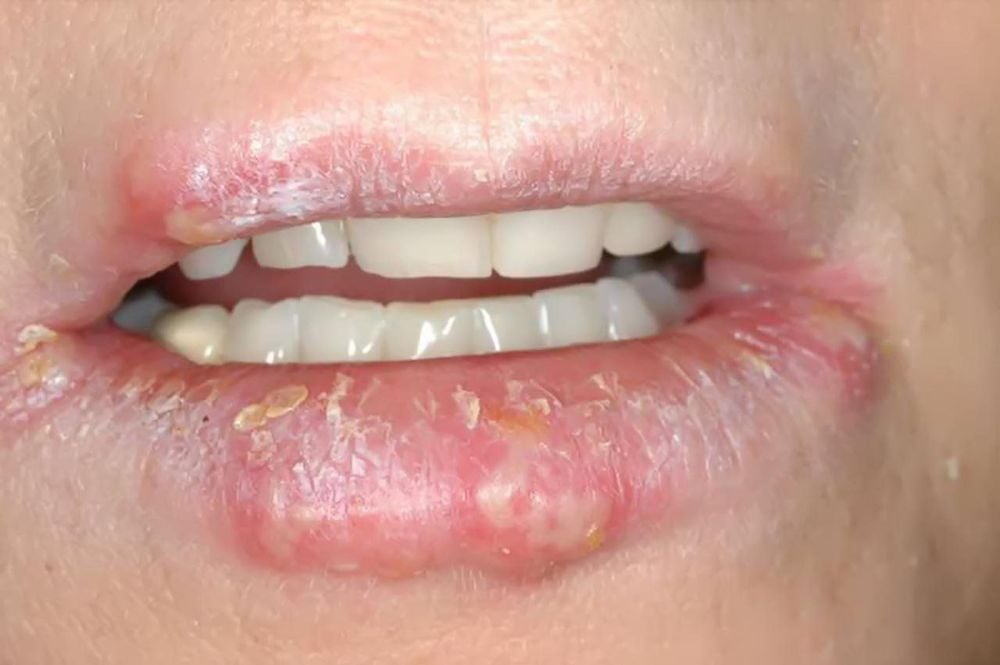
Hình ảnh chàm ở môi
Agents causing contact cheilitis in children:
Nickel (42%), Balsam of Peru Cocamidopropyl betaine Neomycin, Formaldehyde Synthetic odorants Cobalt dichloride Propylene glycol Methylchloroisothiazolinone Bacitracin, Bronopol, Wool alcohols Causes of cheilitis adult exposure:
Use of lipstick, lip balm or sunscreen ingredients containing benzophenone Orthodontic metal or contact with musical instruments such as flute, trumpet,... Toothpaste, mouthwash mouth, toothpick, floss,... Food: Mango, cinnamon, fruity smell Nail polish Latex 2.3 Actinic cheilitis is a condition in which sunlight causes damage. outer layer of lip tissue. This is considered a dysplastic, precancerous lesion, increasing the risk of skin cancer. About 90% of cases of cheilitis occur in the lower lip with manifestations such as: persistent dry lips, scaly patches or ulcer-like lesions, dry scaly layers on the lips, inflammation. , sore or chapped lips all over the lips, deep and long-standing cracks.
Causes and risk factors for light cheilitis:
People who are regularly exposed to strong sunlight or extreme weather: Sailors, farmers, lifeguards,... People who are exposed to too much sun more Men have 3 times higher incidence than women Caucasians have higher rates of disease People who live and work in tropical, subtropical or desert areas Common diseases in adults Habits Smoking and chewing betel nut weaken the outer tissue of the lips, making the skin of the lips more susceptible to sun damage Drinking a lot of alcohol, HPV infection or immune disorders, use of immunosuppressive drugs. 2.4 Infective Cheilitis Infective cheilitis is also a form of atopic cheilitis, caused by the following causes:
Virus: HSV (type 1 is more common than type 2), HPV, varicella zoster virus; Bacteria: Cheilitis originates from infection of teeth and gums, boils in the mouth, impetigo after viral infection. Severe cases can cause ulcers and gangrene. Lip chancre causes round or oval ulcers, hard bottoms, even margins, and painless; Leishmaniasis parasitic infection.
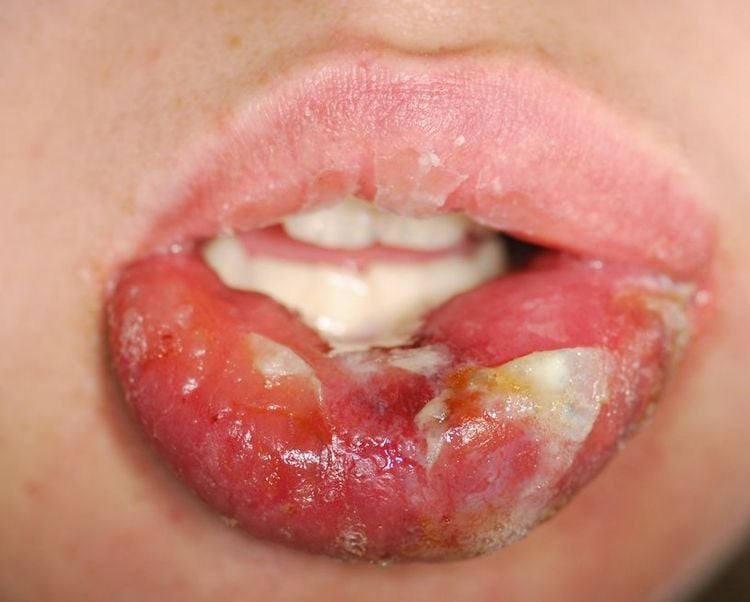
Hình ảnh viêm môi nhiễm trùng
2.5 Angular Cheilitis is a form of atopic cheilitis, which is an acute or chronic inflammatory skin condition characterized by cracks in the corners of the mouth, redness, or discharge. , ... causing pain, discomfort. Cheilitis does not spread, but if left untreated, it increases the risk of infection.
Causes of cheilitis in the lip area:
Main causes: Infection with Candida, yeast, Staphylococcus aureus, streptococcus, herpes simplex virus; High risk factors: People with diabetes; immunocompromised, such as HIV/AIDS, chemotherapy; patient Down; patients with anemia or poor diet; droopy corners of the lips causing chronic salivation; Improper wearing of dentures causes infection or deviation of the lip angle; gingivitis ; dry chapped lips. 2.6 Exfoliative Cheilitis Exfoliative cheilitis is a condition in which the lips are damaged, scaly on the lips and do not spread beyond the lips. In mild form, the disease manifests as scaly lips, red lips, slight burning or pain, or repeated many times. In the chronic form, the disease manifests as red, inflamed lips, thickened scabs, and when the scabs peel off, the bright red, moist lips are exposed. If the inflammation lasts for a long time, it can cause chapped lips, bleeding, affecting the patient's activities.
Causes of scaly cheilitis:
Due to a number of skin diseases: Atopic dermatitis, atopic dermatitis, psoriasis, people who have a habit of licking their lips, people who are sensitive to the sun or are taking Retinoids; Allergies: Allergens in toothpaste, lipstick, mouthwash, shaving foam, nail polish, etc. can cause scaly cheilitis.
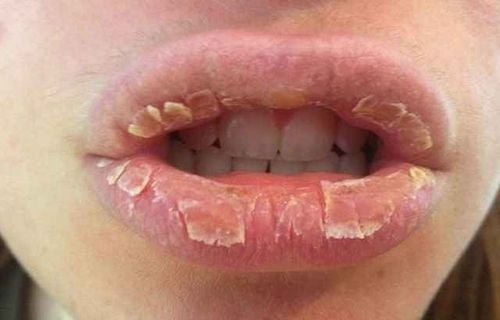
Hình ảnh viêm môi bong vảy
2.7 Other atopic cheilitis diseases Actinic prurigo: Common in Latin America, mainly in young people, caused by type IV hypersensitivity reactions; Cheilitis Granulomatosa: This is a non-infectious neoplastic reaction, manifesting in the oral-facial region, most commonly on one lower lip. The granulomas are tender and tender at first, then firm and painless. The cause of the disease is Melkersson-Rosenthal syndrome causing cracked tongue, facial paralysis and granulomatous cheilitis; Plasma Cell Cheilitis: A rare, benign, idiopathic, and unexplained atopic cheilitis, characterized by cytoplasmic infiltration in the superficial mesoderm on histopathology; Cheilitis glandularis: A rare chronic inflammatory cheilitis associated with inflammation of the small salivary glands of the lower lip. Manifestations of the disease are swelling of the lower lip, visible salivary holes in the inner mucosa, increased pain, and stickiness. The etiology is secondary bacterial infection or squamous cell carcinoma; Drug-induced cheilitis: Seen in cases of erythema multiforme, Lyell syndrome, Stevens Johnson syndrome or people taking vitamin A acid. Atopic cheilitis is caused by many causes, not only affecting the health and quality of life of the patient but also making the patient self-conscious in communication. Besides, if you do not pay attention to proper lip care, the disease can be more serious, easy to cause superinfection or progress into unpredictable complications. Therefore, when there are signs of cheilitis, the patient should see a doctor, should not self-treat at home for timely intervention and treatment.
To register for examination and treatment at Vinmec International General Hospital, you can contact Vinmec Health System nationwide, or register online HERE
MORE:
Package of examination and consultation atopic dermatitis treatment Some common allergic diseases in children Atopic dermatitis: What you need to know




